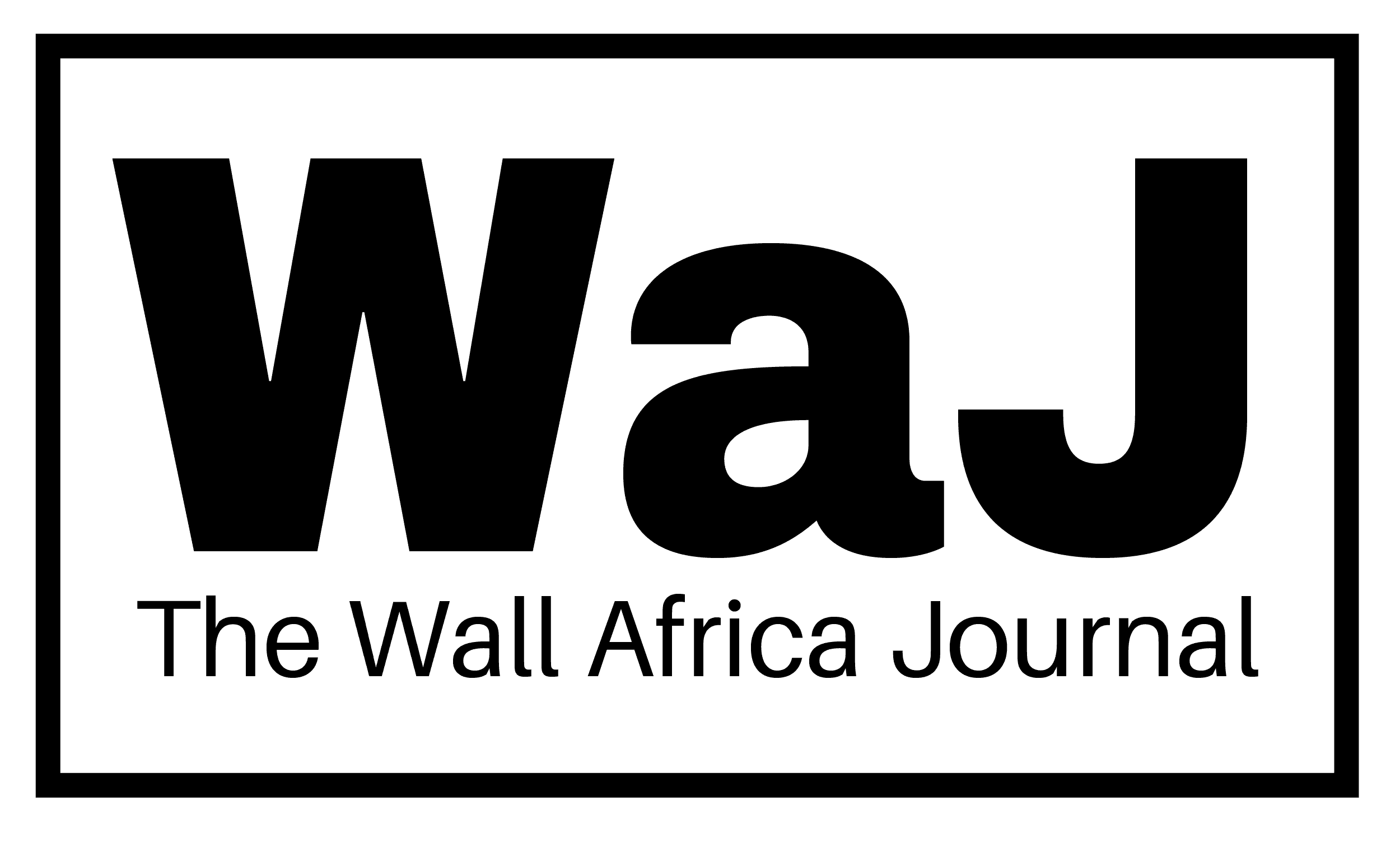Africa’s cement sector is experiencing rapid growth, driven by increasing urbanization, ongoing infrastructure development, and a surge in construction projects. This expansion is transforming the continent’s cement production landscape, particularly with the influx of new international players.
Chinese cement companies, in particular, are capitalizing on Africa’s demand, spurred by a stagnant property market and stringent environmental regulations at home. In 2023 alone, companies like Huaxin led the charge, investing in nine new cement projects across Africa, with five more planned for 2024.
Aly-Khan Satchu, CEO of the East African Financial Portal, highlighted Africa’s massive infrastructure needs and growing demographic trends, which present opportunities similar to China’s previous development boom. He sees China’s entry into Africa’s cement industry as part of a long-term strategy for growth.
With 10 cement plants and an annual production capacity of 18 million tonnes, Huaxin has become the second-largest cement producer in sub-Saharan Africa, behind Dangote, which leads with a capacity of 52 million tonnes. Experts predict strong demand in key markets such as Nigeria, South Africa, Kenya, and Ghana.
Satchu also noted that other emerging markets like India and Brazil could follow suit, further intensifying competition. However, experts stress that while the cement boom offers significant economic potential, African governments must focus on sustainable development. Striking a balance between growth and environmental concerns, particularly in industries like cement production, is critical for the long-term health of the continent’s economy.


